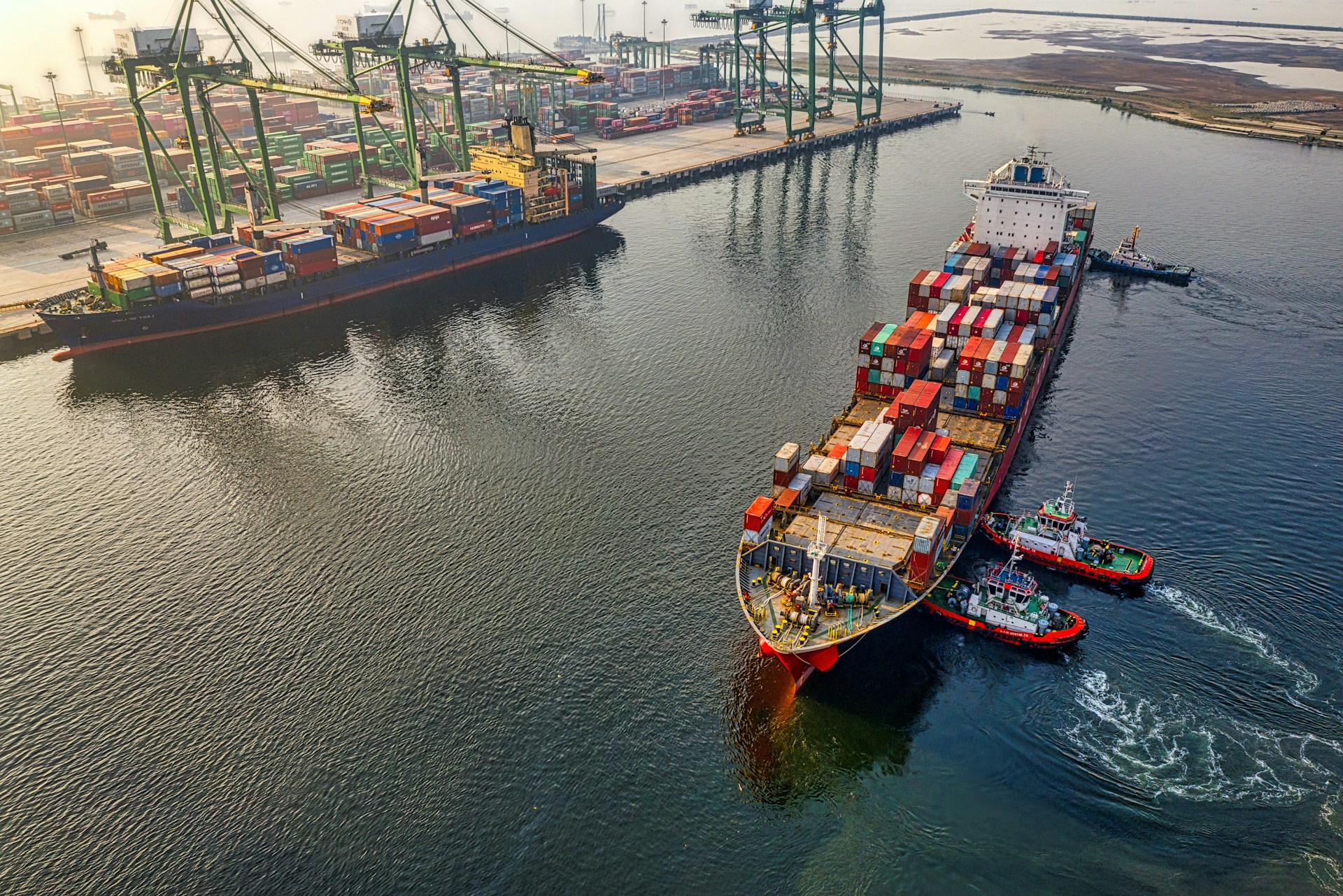Global trade is the backbone of today’s new-age economy, enabling collaboration between businesses across the world and fostering economic growth. However, ensuring seamless transactions across borders often requires leveraging potential financial tools. Export financing is one of the keys that unlocks the potential of international trade.
Export financing in international business refers to the financing solutions that facilitate and support the global sale of goods and services. It is a multifaceted aspect of international trade finance, encompassing various financial tools. Export finance facilitates cross-border trade, promotes business growth, improves economic stability, and enables global market integration.
In this blog, we will understand the significant role of export finance in international trade finance. We will also explore the primary export financing options available to businesses participating in global trade, along with its many advantages.

Export Financing Options For Global Trade
In the realm of global trade, having easy access to export financing in international trade is paramount. These tools empower businesses to navigate the complexities of international commerce, mitigate risks, and unlock the full potential of the global marketplace.
Be it export credit insurance, letters of credit, export factoring, or export financing loans, businesses can choose the best-fit solutions to support their international trade endeavors. Let’s take a closer look at some of the export financing options for aspiring businesses:
- Pre-shipment Export Finance:
Pre-export finance is where exporters are provided with funds before the delivery of goods to international buyers. It allows exporters to fulfill orders, manage working capital, and compete effectively in the global marketplace. This tool ensures that exporters have the financial resources needed to prepare and ship goods.
- Post-shipment Export Finance:
Post-shipment export finance refers to the financing options available to exporters after the shipment of goods to international buyers has been executed. It helps them bridge the gap between the shipment of goods and the receipt of payment, ensuring that their cash flow remains stable and they can meet their financial obligations.
- Letters of Credit:
Letters of credit (LCs) are widely used in international trade to provide a secure payment method for both the exporter and the importer. It is a document issued by a bank on behalf of the importer, promising to pay the exporter a specific amount under certain conditions. To receive payment, the exporter must meet the terms and conditions outlined in the LC.
- Export Credit Insurance:
Export credit insurance is a powerful tool that safeguards businesses against non-payment risks. When exporting goods, businesses can face uncertainties related to the creditworthiness of foreign buyers or political instability in the buyer’s country. Export credit insurance mitigates these risks by ensuring that the exporter will receive payment even if the foreign buyer defaults.
- Export Factoring:
Export factoring is a financing option where a business sells its accounts receivable to a factoring company at a discount in exchange for immediate cash. This method is especially useful for exporters dealing with credit sales, as it accelerates cash flow by converting accounts receivable into liquid assets.
- Export Financing Loans:
Export financing loans are specifically designed to support the financial needs of businesses engaged in international trade. These loans can be used for various purposes, including working capital, purchasing inventory, or expanding operations. Export financing loans are typically offered by banks and other financial institutions.
- Export Working Capital Programs:
Many governments and international organizations offer export working capital programs to support domestic businesses entering the global market. These programs provide businesses with access to working capital financing at favorable terms. The goal is to enhance a country’s export competitiveness and promote economic growth.
Benefits Of Export Finance
- Working Capital Support:
International trade often requires substantial working capital for production, shipping, and marketing. Export finance provides working capital solutions, such as export factoring and export finance loans, which enable businesses to meet their financial requirements. These solutions help businesses bridge the gap between production and payment receipt.
- Risk Mitigation:
Exporting goods and services to foreign markets often involves substantial risks including payment default by foreign buyers, currency fluctuations, political instability, and logistical challenges. Export finance tools can help mitigate these risks. By reducing risks, export finance establishes confidence among exporters, encouraging them to explore international markets.
- Market Diversification:
For businesses looking to expand their market reach, export finance is indispensable. Entering foreign markets requires significant investments, and export finance can provide the financial resources needed to explore new territories. This can help businesses reduce their reliance on a single market, making them more resilient to economic fluctuations and market-specific risks.
- Regulatory Compliance:
International trade is subject to a myriad of regulations and compliance requirements, from customs procedures to export controls. Export finance experts are well-versed in these regulations and can guide businesses to ensure that transactions comply with all legal and regulatory requirements. This helps businesses avoid legal complications and potential fines.
- Foreign Exchange Management:
Managing foreign exchange risk is a vital aspect of international trade. Exchange rate fluctuations can impact the profitability of export transactions. Export finance tools, such as forward contracts and currency hedging, allow businesses to protect themselves against unfavorable exchange rates. This stability enhances predictability and protects profit margins.
In the dynamic world of international trade, export finance is undeniably crucial. It provides the financial means, risk mitigation, and regulatory support that businesses need to engage in global markets successfully. As globalization continues to shape economies, export finance will remain an essential tool for businesses aspiring to scale globally.
Expand Globally with Tradewind Finance
Tradewind Finance specializes in cross-border transactions for sales made on open accounts, letters of credit, and documentary collections. We solve short-term cash flow issues by purchasing your company’s account receivables in exchange for an advance of up to 95% of the total invoice value. You also get to choose the best avenue to make the most of export finance:
- Export Factoring on Open Account Terms:
We first inspect the creditworthiness of your buyer and set a credit limit on them. Then, we buy your accounts receivable and pay you generally within 24-48 hours of verifying your invoice. We handle the management of your accounts receivable and the complete dunning process.
- Export Factoring via Payment Against Documents:
If you sell on documentary terms, we will advance the funds and handle the bank collections process.
- Export Factoring via Letter of Credit:
Your buyer opens a letter of credit with us, which guarantees you are paid if the terms and conditions specified in the letter of credit are fulfilled.
Your buyer opens a letter of credit with us, which guarantees you are paid if the terms and conditions specified in the letter of credit are fulfilled. In addition to factoring your export account receivables, we can also finance your full supply chain. Our global supply chain finance programs can support facilities based on payables, receivables, and inventory. Using purchase order funding, inventory lending, letters of credit, and structured guarantees, our financing helps align the needs of both buyers and sellers.



